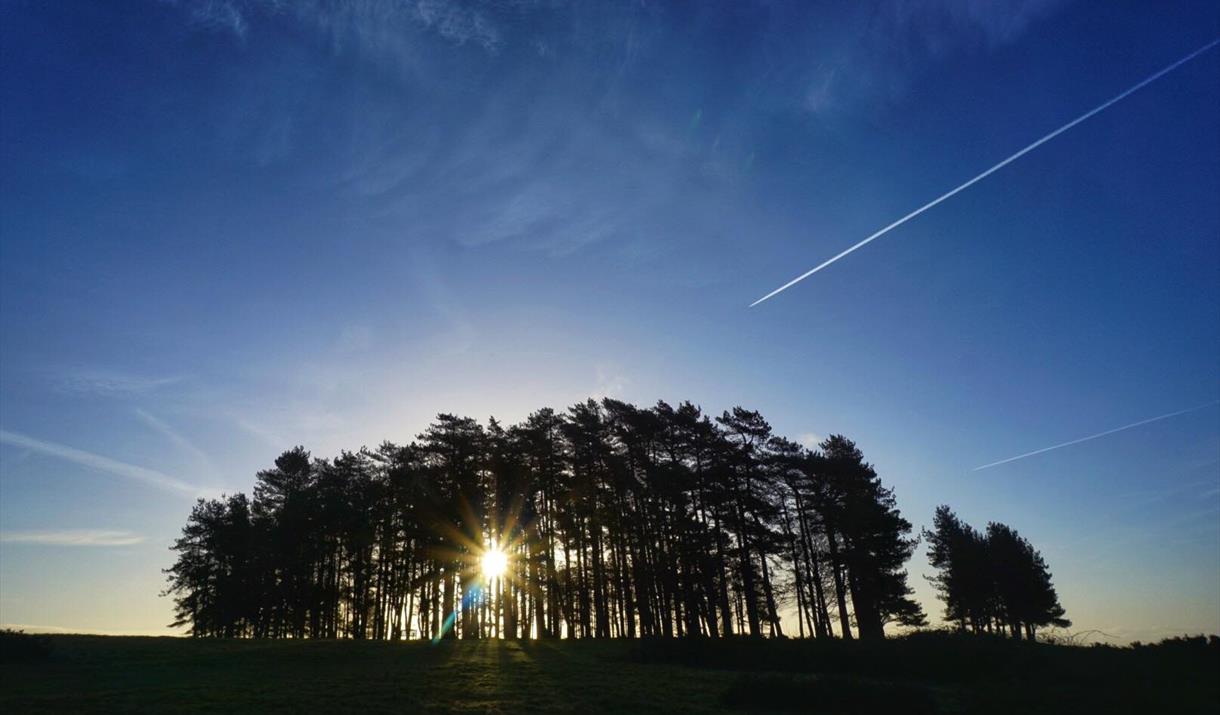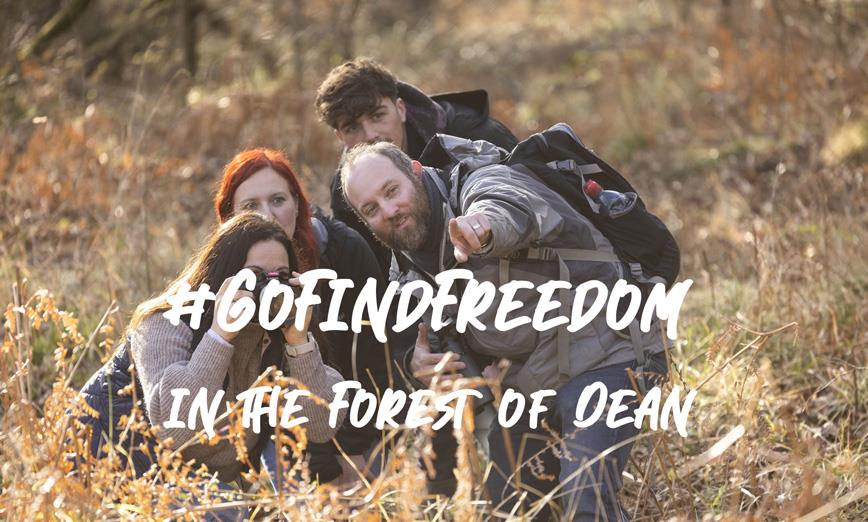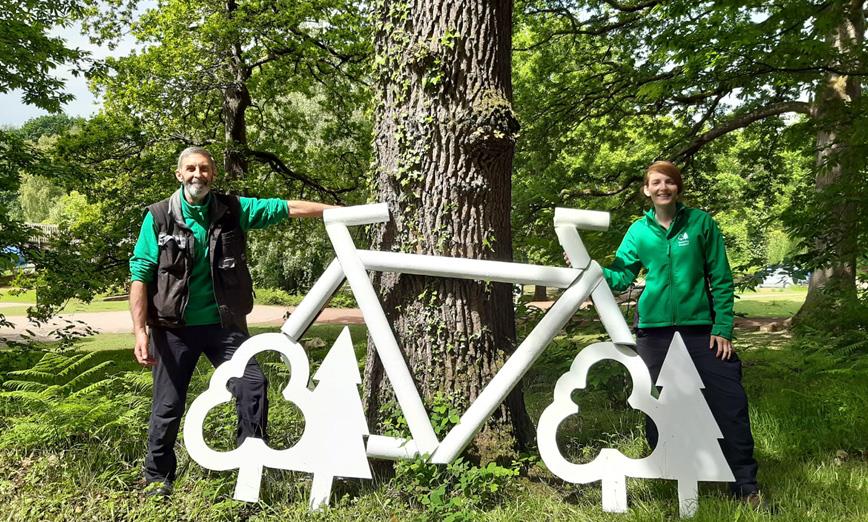Book Tickets Online
About Us
If you're looking for a viewpoint to catch the best sunrises / sunsets in the Forest of Dean, somewhere to walk the dog, fly a kite, explore a varied landscape and see for miles, you won't go wrong with May Hill. It's one of the highest hills in the area with a prominent near circular mound and a crowning clump of trees which makes it easily identifiable from far away and also handily, easy to find.
May Hill is one of the most familiar landmarks in the east of the Forest of Dean and at 296 metres (971 feet) it is the highest point around. There are views from the top for many miles in all directions and on a clear day you can see up to 12 other counties. Its summit is on the western edge of Gloucestershire and its northern slopes in Herefordshire. It is reached by three public footpaths, two forming parts of the Gloucestershire Way and Wysis Way.
History and myth
The trees atop May Hill date back to ancient times and have been recorded several times throughout history. However, how the clump of trees ended up there and why has been the source of much myth and legend.
Local stories include that Prince Rupert and some of his Cavaliers took shelter amongst the trees for a short time during the siege of Gloucestershire in 1643; that there are 99 trees because any others planted died; and that they were planted for the Golden Jubilee of Queen Victoria in 1887. A clergyman writing 60 years prior to that writes: "May Hill, a conspicuous round-topped hill distinguished by a plantation on the summit". A painting from 1780, around the same time as the clergyman, also shows a clump of trees present on the summit. Eventually, money was raised to plant new trees to accompany the dwindling numbers on the summit to commemorate the Golden Jubilee of Queen Victoria in 1887.
May Hill was often used as a beacon to ships navigating the River Severn and, consequently, the trees were used for these beacons. The hill was enclosed by an act of parliament in 1873 and passed into the care of the National Trust in 1935. It is now an official Site of Special Scientific Interest. It has been said that from some angles the trees look like a ploughman and his team. John Masefield describes it in his poem "The Everlasting Mercy".
Whilst the National Trust owns much of May Hill, the summit with its well known woodland crown is actually vested in Longhope Parish Council who are the sole trustee of The May Hill Trust.
May Hill is also associated with the poets Edward Thomas and Robert Frost. Ivor Gurney eulogised "May Hill that Gloucester dwellers 'gainst every sunset see". One of the benches on the summit is dedicated to the Forest of Dean chronicler Winifred Foley and her husband, who moved in the 1970s to the nearby village of Cliffords Mesne.
May Hill has a circular trench (right), 100 metres in diameter, and is said to be an old earthwork from the Iron Age. Within this area is also a mound that is said to be a round barrow.
Today, May Hill is also a spiritual site, hosting Summer Solstice celebrations.
It has featured in a number of films and TV shows as well as the music video for Richard Ashcroft's "Rather Be" including the lyrics 'I'd rather be here than be anywhere, Is there anywhere better than here?'
Photos Copyright Lorraine Stanton.
Book Tickets
Facilities
Catering
- Picnic site
Children
- Children welcome
Parking
- Free Parking
Property Facilities
- Dogs Accepted

















